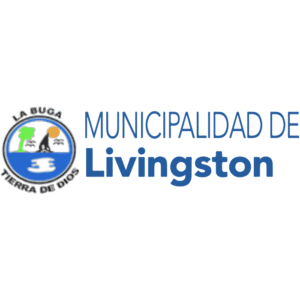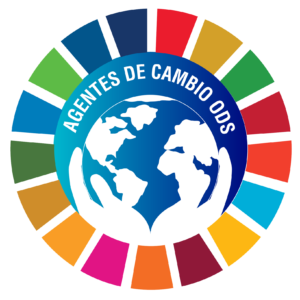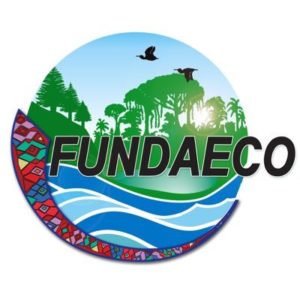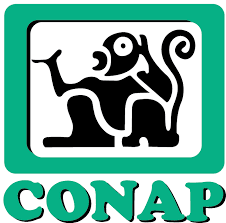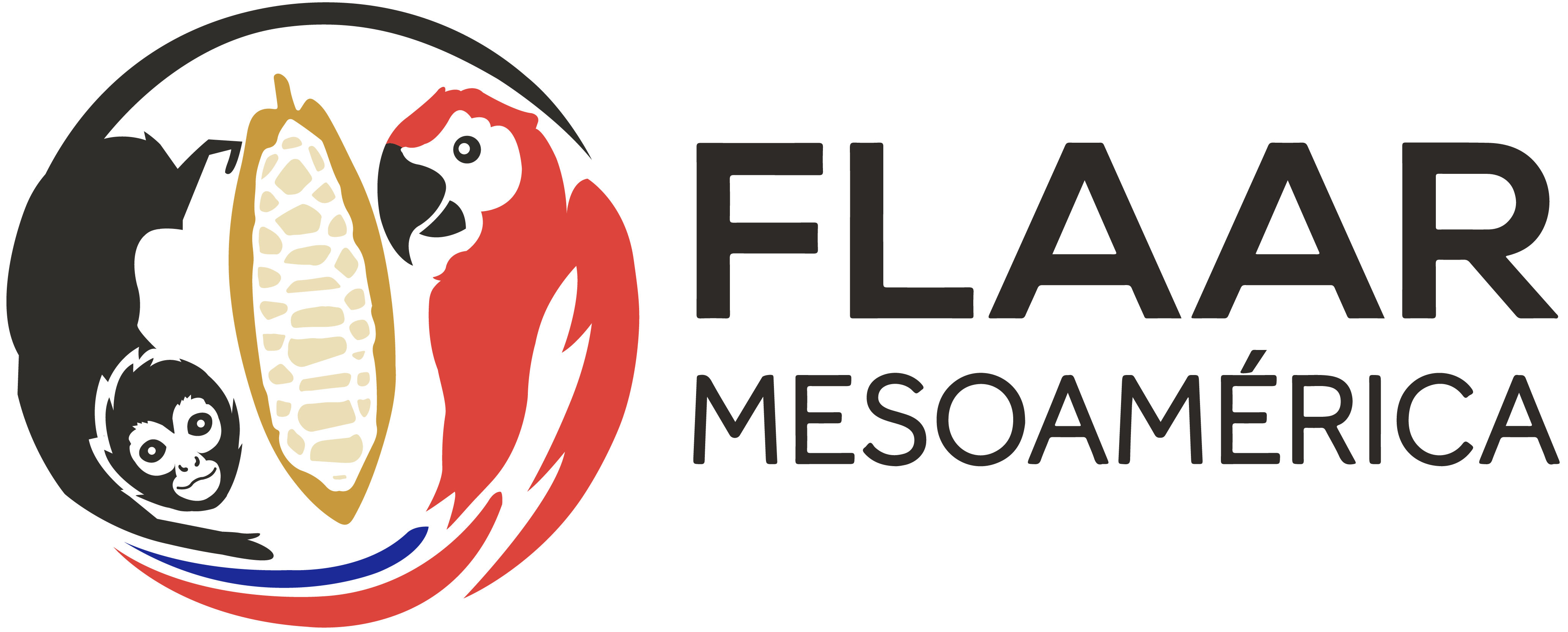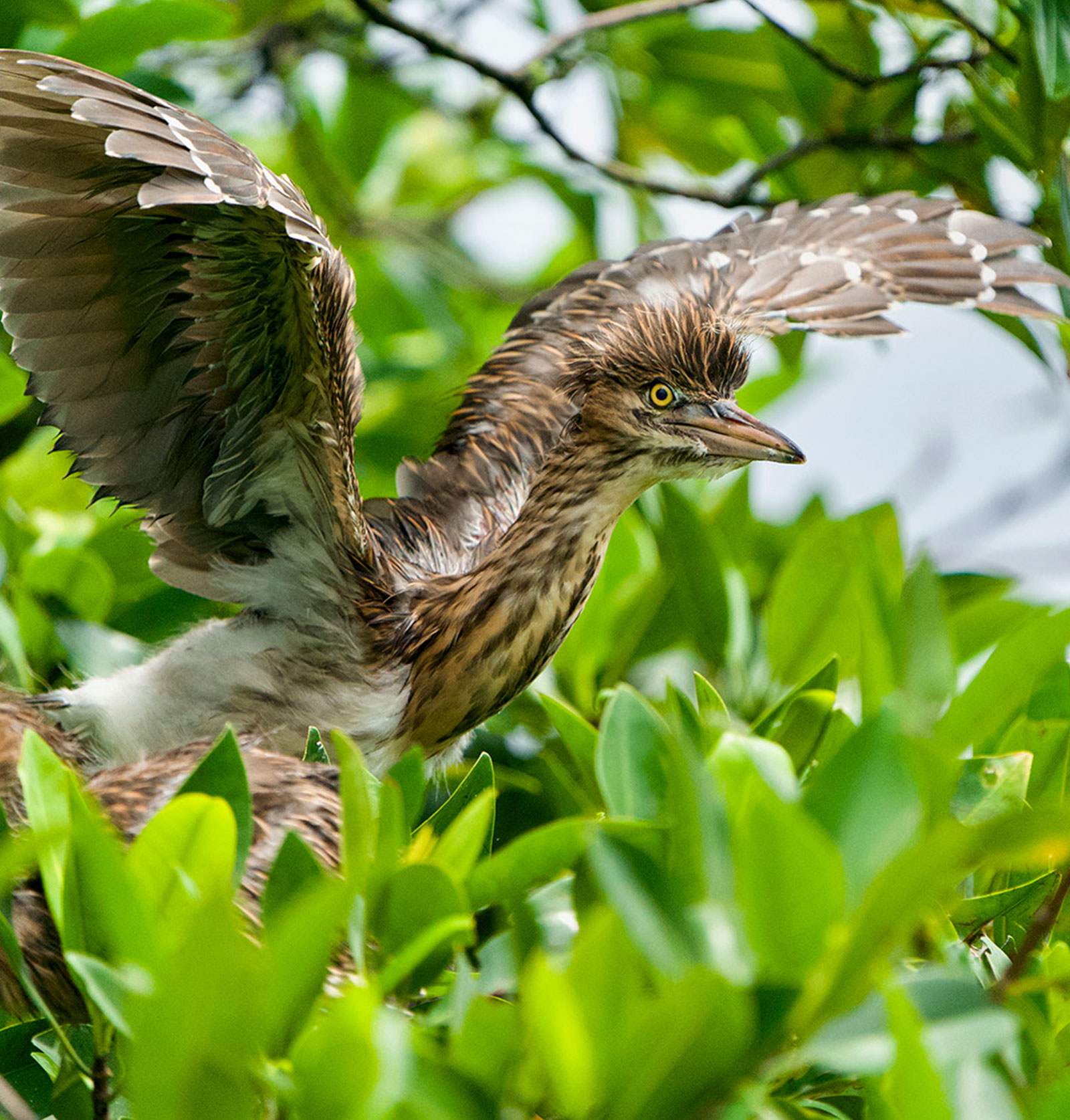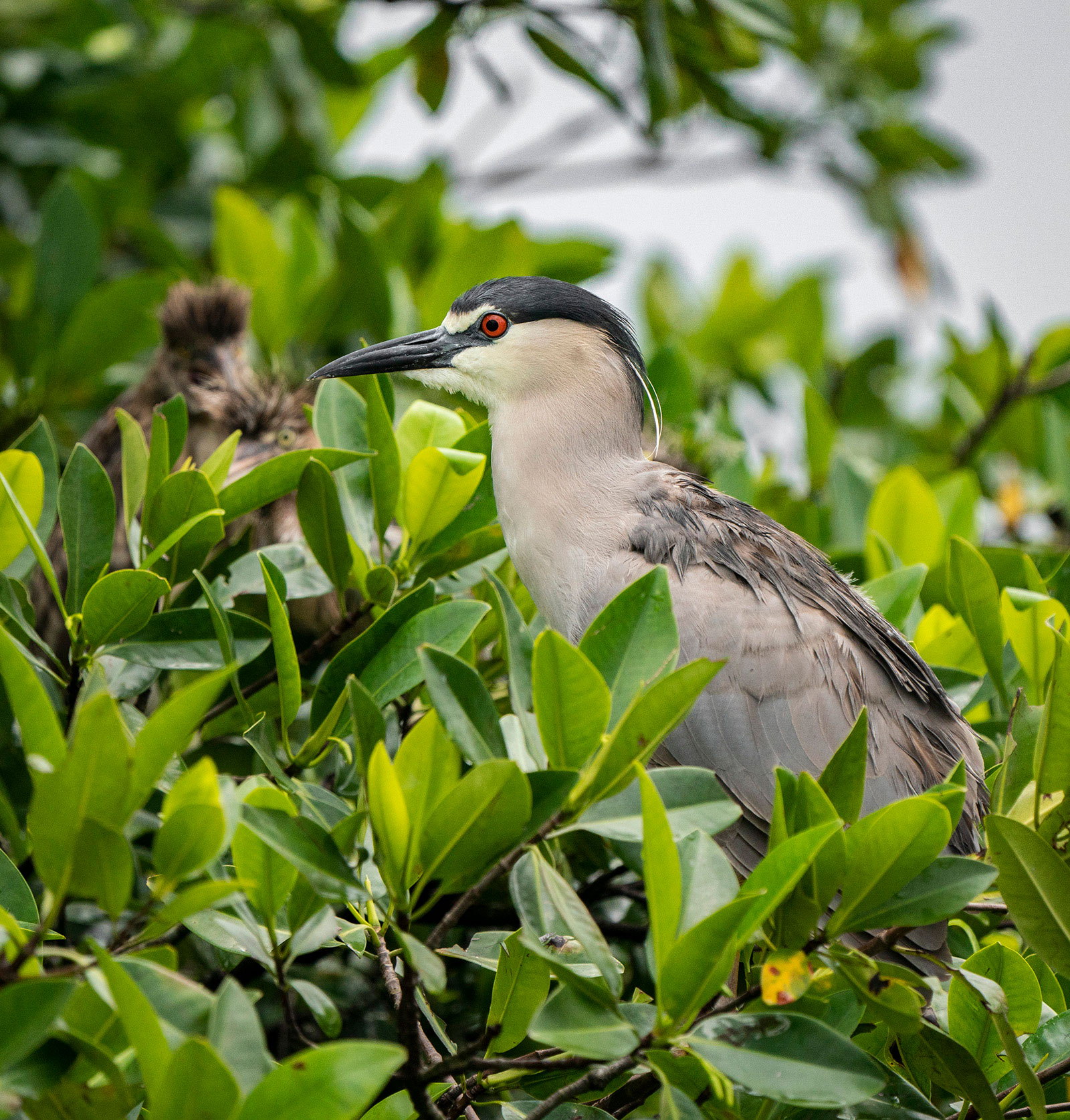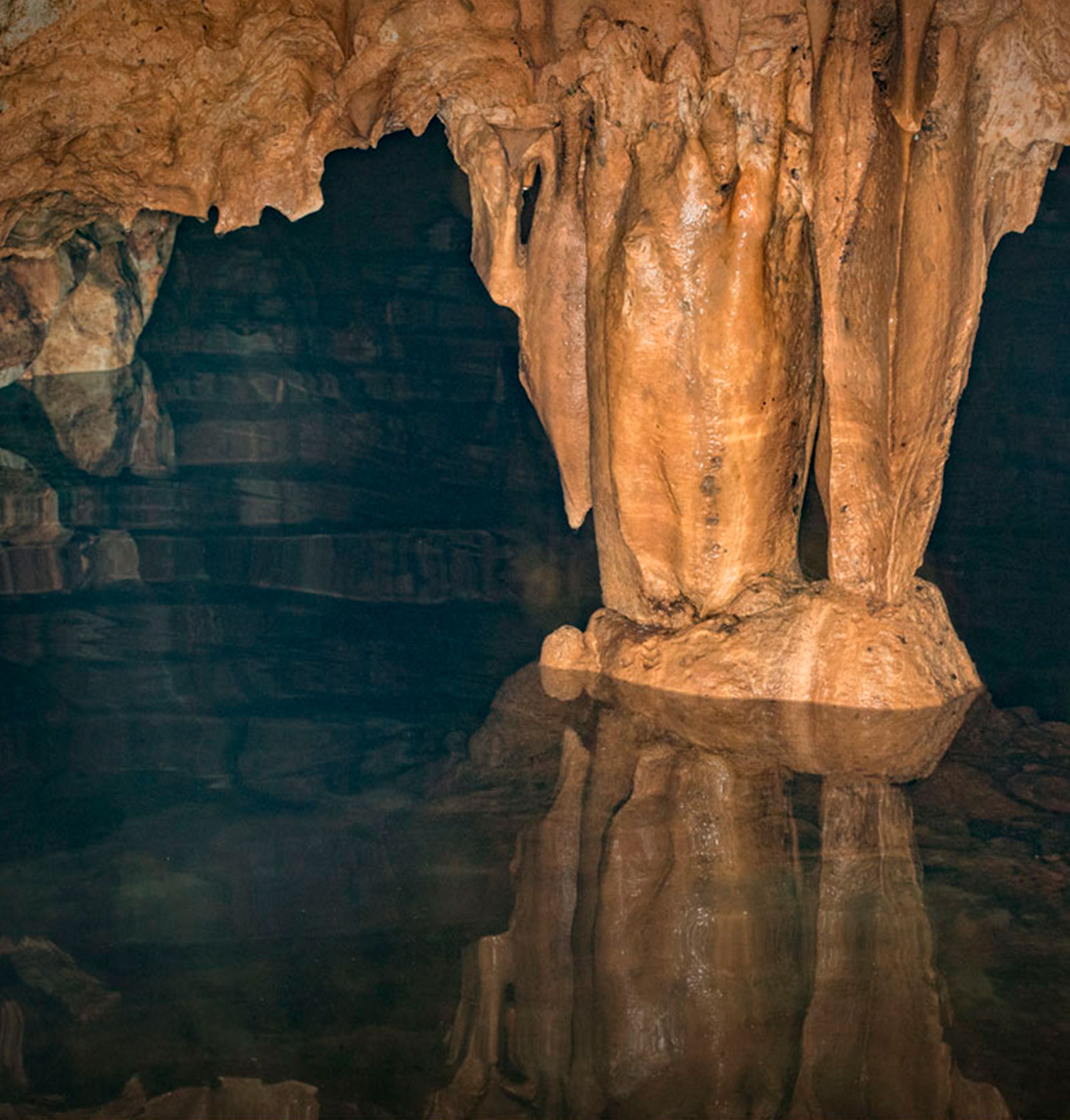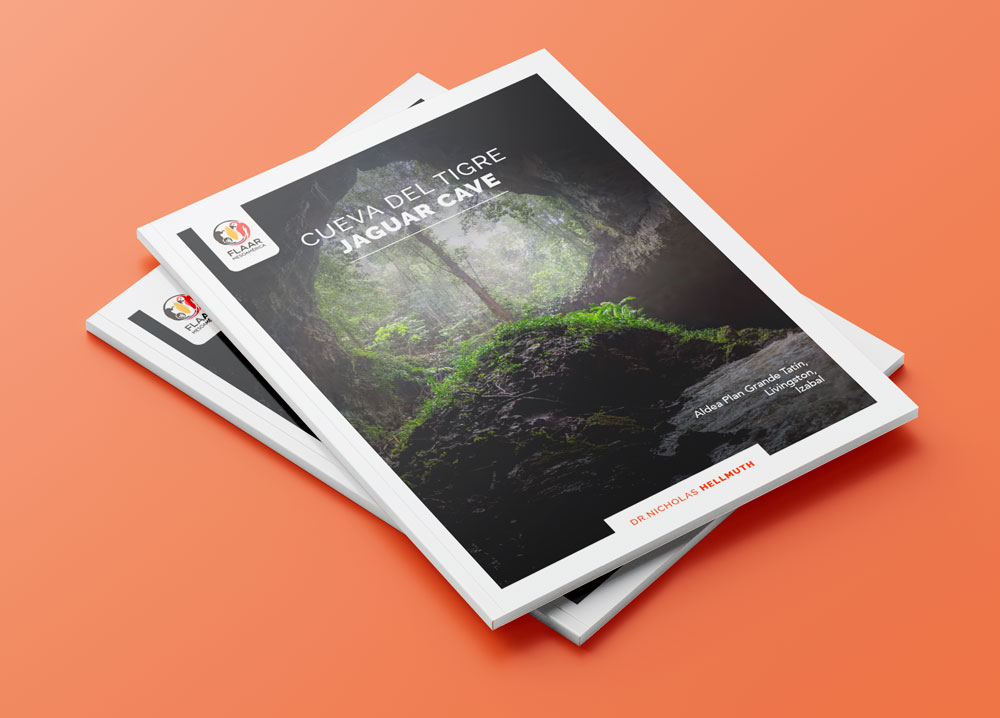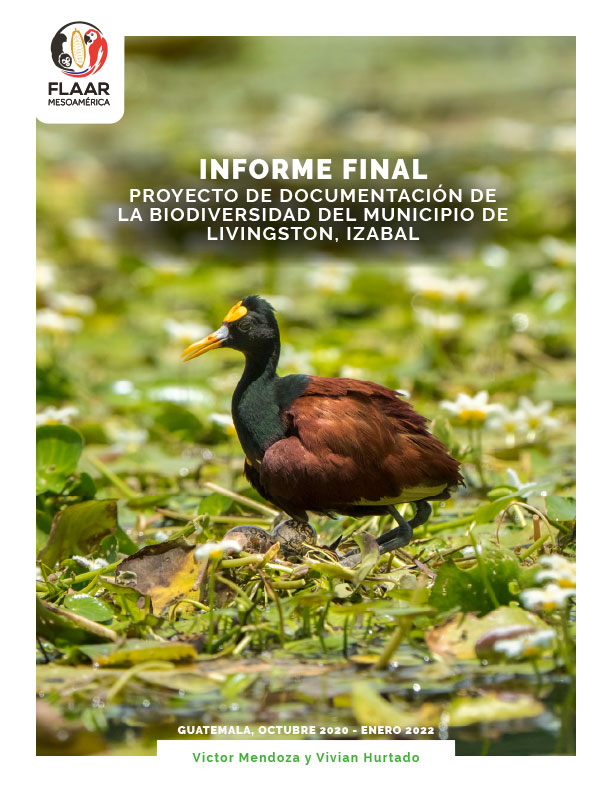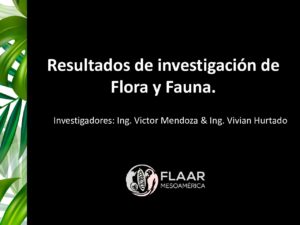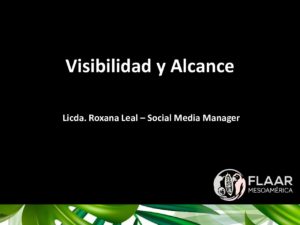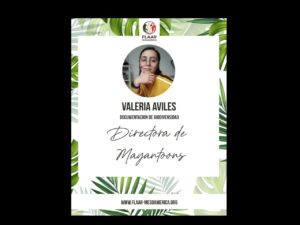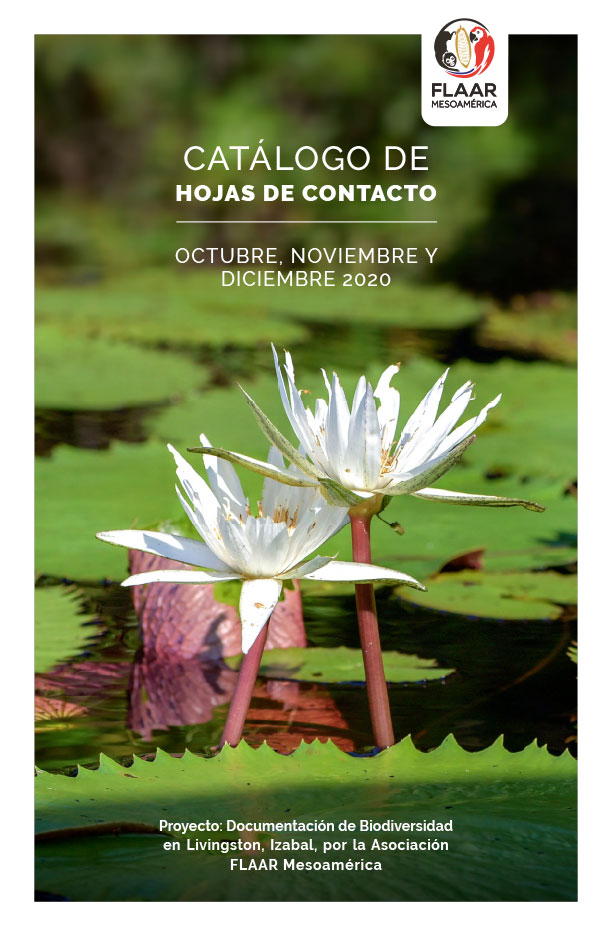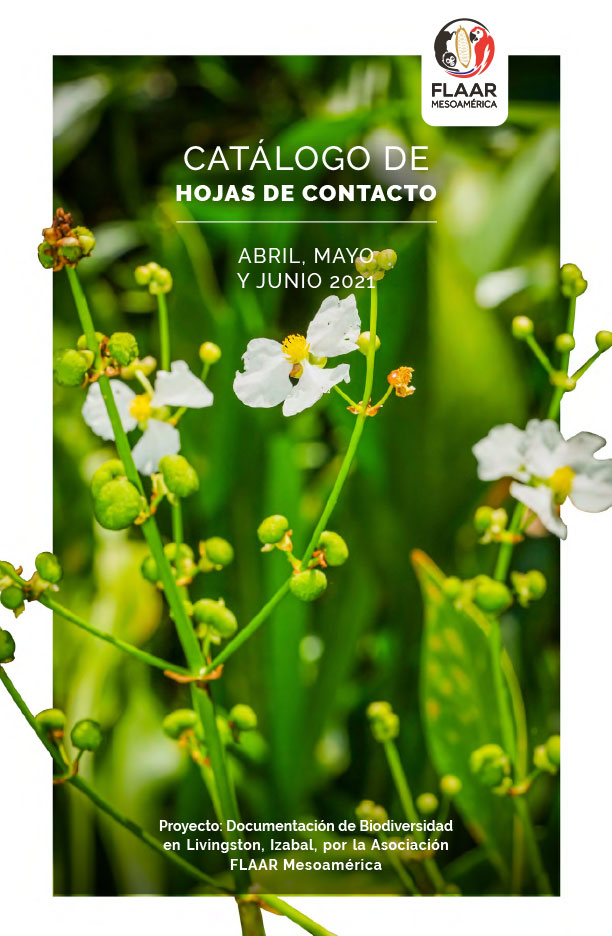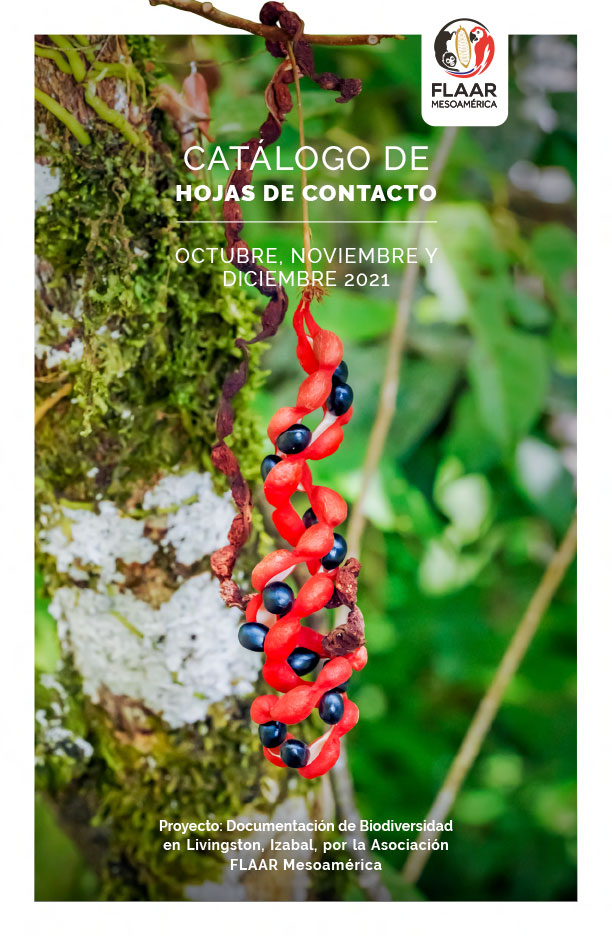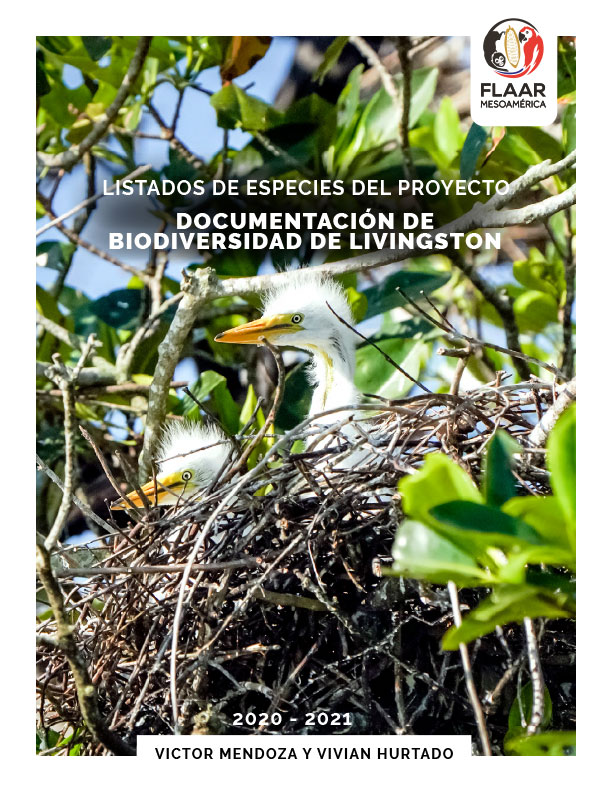Izabal, one of the regional departments of Guatemala that offers a variety of recreational activities, is home to numerous nature parks and diverse natural landscapes. There are white sandy beaches a short boat trip away, with tall jungle-covered mountains in the background, and the Mesoamerican Reef System in the Caribbean Sea on the horizon in front of you. Mangrove swamps and seagrass abound along the Guatemalan coast (and inland on all shores of the Rio Dulce and Lake Izabal for considerable distance). All this together makes Livingston one of the destinations for tourists wanting to do bird-watching, explore caves, get healthy exercise hiking through trails in the rainforest. In addition to the incredible flora and fauna that the municipality offers, three different cultures coexist in the ecosystem (Mayan Q’eqchi ’, Garifuna and Ladinos).
The tour can begin in the Río Dulce National Park, in the west of Livingston, a natural area of mangroves, wetlands, islands, cenotes, caves and karst geology canyons. The actual sacred water lily flowers (pictured in 3rd-9th century Classic Mayan art) can be photographed on both sides of your boat as you go into the inlets along El Golfete portion of Rio Dulce. Or you can reach Livingston by boat shuttle (from southern Belize or from Puerto Barrios). As you approach the town of Livingston you will see more pelicans and other water birds than any other water area of Guatemala. Along the Caribbean coast you also can experience streams of crystal clear water and white sand beaches as you reach to the Sarstún River. Then there are Tapon Creek reserve and Lagunita Creek reserve near to the border of Belize. 35 palm species, lots of wild vanilla orchid vines, multiple species of colorful heliconia in full bloom, friendly butterflies and birds are all part of the wealth of the Guatemalan Caribbean. In order to conserve the biodiversity founded in the municipality and that continues to be of benefit to the ecosystem, it is necessary to have an updated record of the species that inhabit here and thus be able to detect changes in the plant population. Thanks to the efforts of different institutions focused on environmental improvement projects at various sites in Livingston (FUNDAECO (Río Sarstun), CONAP (Río Dulce), CECON-USAC (Chocón-Machacas), ARGNP (more than ten private reserves), among many others) there are records of species of flora, fauna and ecosystems of this municipality of Izabal. Using this information in the most efficient way and using the potential of digital technology, the database for the municipality can be supplemented with photographic records of flora, fauna, and ecosystems. The FLAAR Mesoamerica team, in cooperation with the municipal authorities, have begun to produce this educational material using the photographic records generated during the cooperation project to account for the flora, fauna and ecosystems that can be seen in Livingston. This will be accomplished in order to provide information to the schools, families and institutions already working to protect the environment.
We hope to attract the attention of professors, botanical garden clubs, orchid and bromeliad societies, students, tourists, experts, explorers, photographers and nature lovers who want to get closer, to marvel at the species of flowering plants, mushrooms and lichen that FLAAR Mesoamerica finds during each field trip each month. Experience all this in-person (not just on the Discovery Channel or BBC-TV). There are awesome places here that no TV team has every visited. Dr. Nicholas Hellmuth first came to Guatemala at age 17 as a backpacker (in 1963). He has dedicated decades to exploring the plants, animals, insects, especially of Peten, Alta Verapaz, throughout the Maya Highlands, and the Pacific Ocean ecosystems as well. But when local guides took him to the untouristed areas of Municipio of Livingston, he said “I am seeing flowering plants, mushrooms more than just shaped like toad stools, caves with photogenic rivers, plus lagoons, lakes, creeks surrounded by a biodiversity only possible in a humid rainforest environment of this part of the world. Every month there are different flowers, so I look forward to returning frequently to the Municipio of Livingston.”
In this document you can find all the information about our project: Livingston Biodiversity Documentation. It has a summary of the project, a justified introduction of why the project was carried out, a description of the study areas, the richness of the documented species for each documented sub-area, bibliographic references and a complete list of the species of Flora, Fauna and documented fungi.
In this document you can find all the information about our project: Livingston Biodiversity Documentation. It has a summary of the project, a justified introduction of why the project was carried out, a description of the study areas, the richness of the documented species for each documented sub-area, bibliographic references and a complete list of the species of Flora, Fauna and documented fungi.
Ing. Victor Mendoza & Ing. Vivian Hurtado, FLAAR Mesoamérica.
April 2022
Lic. Jaqueline González.
Dr. Nicholas Hellmuth
In this section you can find the series of audiovisuals made for the Livingston biodiversity documentation. You will be able to observe different aerial shots of the different areas of Livingston, details of documented species, our function as part of the FLAAR Mesoamerica Staff when photographing the different species of Flora and Fauna of the municipality.
We gather the general and individual presentations of the final results shown on March 31, 2022 during the conference of “Entrega de Resultados Proyecto de Documentación de Biodiversidad de Livingston".
The Contact Sheet Catalogs are pages that contain, at the top, the name of the species, genus, family and common name of each species of animal, plant or fungus documented in the ecosystems of said municipality as well as photographs of the different study areas. In addition, each Contact Sheet contains a thumbnail sample of the photos captured in the project (Photos at 300dpi resolution are found in each folder of the photo library). If you would like more information on how to use the catalog or purchase photography, please contact: botany-zoology@flaar.org
FLAAR Mesoamérica
April 2022
Lic. Carlos Marroquín
Dr. Nicholas Hellmuth
FLAAR Mesoamérica
April 2022
Lic. Carlos Marroquín
Dr. Nicholas Hellmuth
FLAAR Mesoamérica
April 2022
Lic. Jaquelin González
Dr. Nicholas Hellmuth
FLAAR Mesoamérica
April 2022
Lic. Carlos Marroquín
Dr. Nicholas Hellmuth
FLAAR Mesoamérica
April 2022
Lic. Carlos Marroquín
Dr. Nicholas Hellmuth
In this document you can find the complete list of the documented species of Flora, Fauna and Fungi in our project. Plant species are divided by their habit and faunal species by their taxonomic class.
Ing. Victor Mendoza & Ing. Vivian Hurtado, FLAAR Mesoamérica.
April 2022
Lic. Jaqueline González.
Dr. Nicholas Hellmuth
You can see the recording of our delivery of project results: Livingston Biodiversity Documentation by giving play in the following video
Rain Forests, Rivers, Lakes, Bays, Ocean, Caves, Canyons:
Livingston: the Caribbean biodiversity wonderland of Guatemala
Project Results: :quot:Livingston Biodiversity Documentation:quot:
Details
Authors
Date
Design
Photographers
María Alejandra Gutiérrez
David Arrivillaga
Haniel LópezVideo Section of The Livingston Project
General and Individual Presentations of the Results
Contact Sheets per Dates
Details
Author
Date
Designer
Photographer
María Alejandra Gutiérrez
David Arrivillaga
Haniel LópezDetails
Author
Date
Designer
Photographer
María Alejandra Gutiérrez
David Arrivillaga
Haniel LópezDetails
Author
Date
Designer
Photographer
María Alejandra Gutiérrez
David Arrivillaga
Haniel LópezDetails
Author
Date
Designer
Photographer
María Alejandra Gutiérrez
David Arrivillaga
Haniel LópezDetails
Author
Date
Designer
Photographer
María Alejandra Gutiérrez
David Arrivillaga
Haniel LópezLists of Species from the Project Livingston Biodiversity Documentation
Details
Authors
Date
Design
Photographers
María Alejandra Gutiérrez
David Arrivillaga
Haniel LópezLivingston Biodiversity Documentation Project Results
Special Thanks to:
